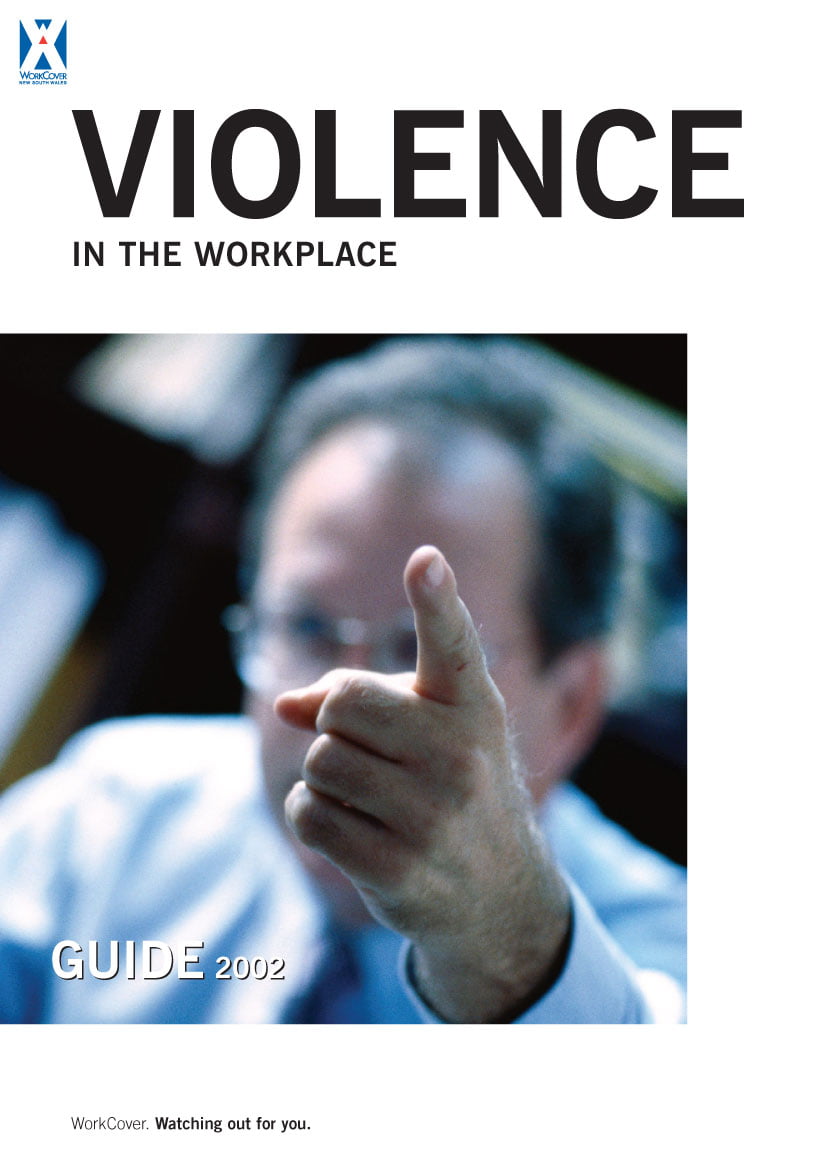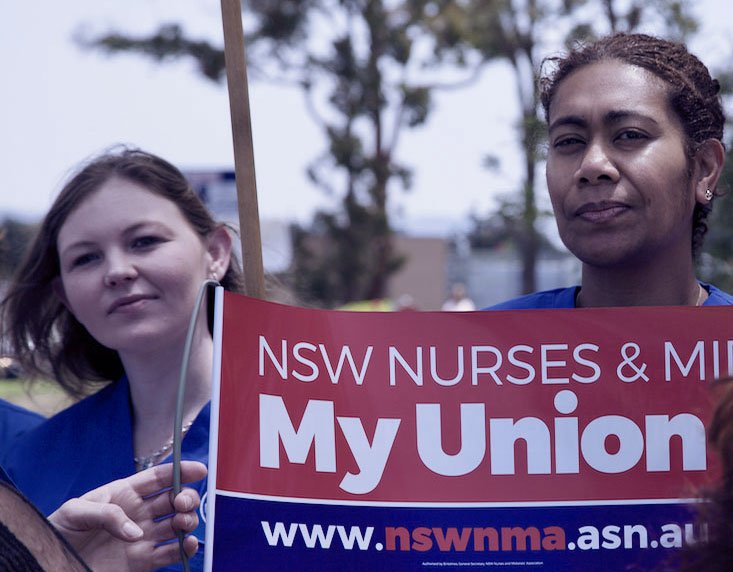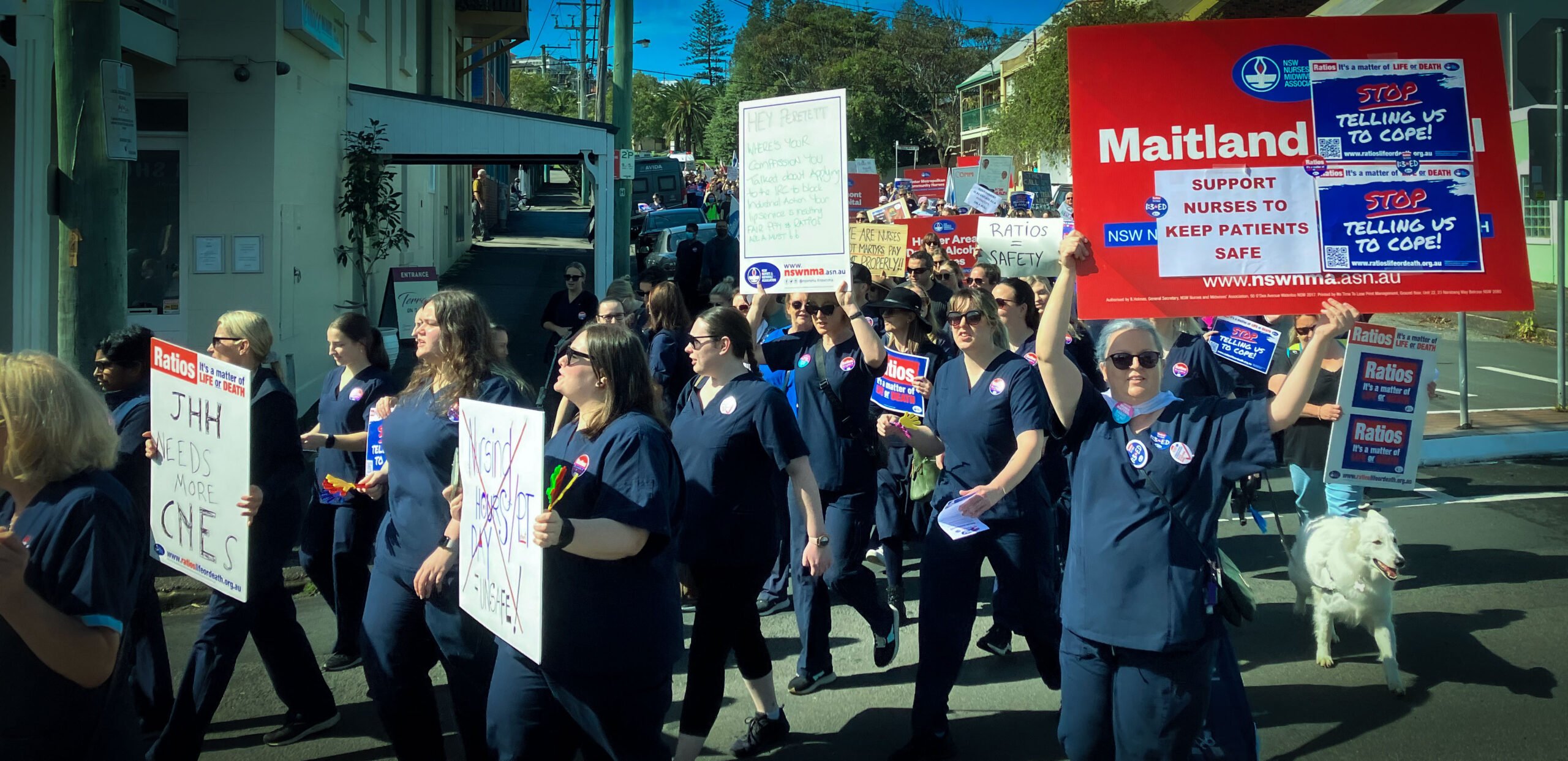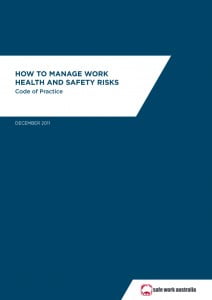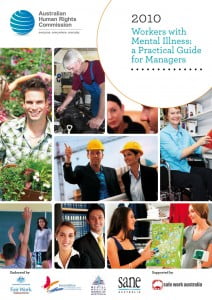Work-related violence is any incident in which someone is abused, threatened or assaulted in circumstances relating to their work. It includes:
- throwing objects
- pushing, shoving, tripping, grabbing
- striking, kicking, scratching, biting, spitting or any other physical contact
- attacking with knives, guns, clubs or any other type of weapon.
Workers can be exposed to violence from a range of sources: clients, customers, patients, people in custody and members of the public.
How to prevent and respond to work-related violence or threats of violence
The Preventing and responding to work-related violence guide have information on managing the risks of work-related violence.
Work-related violence can fall within the scope of various state and federal laws. Physical assault, robbery, sexual assault and threats to harm someone should be referred to NSW Police.
Mental health in the workplace
Violence, fatigue, bullying, stress, work pressure, a poor work environment or a traumatic event can cause health issues leading to psychological injury.
Mental (psychological) health, just like physical health, is an important part of work health and safety (WHS).
Resources
It is important to manage risks associated with exposure to hazards at work that could result in physical or psychological harm. These resources are designed to assist you in managing mental health in your workplace.
Code of practice
Psychological hazards should be managed in the same way as physical hazards. The how to manage work health and safety risks code of practice provides guidance on risk management.
Fact sheet
The preventing psychological injury fact sheet tells you how to identify, assess and control psychological health risks in the workplace.
Assessment tool and other online resources
HeadsUp is a website that gives individuals and employers free tools and resources to take action to create mentally healthy workplaces.
The People at Work Project is a highly regarded online assessment tool to measure different workplace characteristics that can influence worker health and well-being. It was developed in partnership with leading universities and state and federal bodies.
This seven-minute video outlines how a Queensland-based funeral company successfully improved workplace mental health using the People at Work project.
Work-related stress tip sheets
The stress tip sheets provide information on managing the organisational risk factors known to contribute to the risk of psychological injury.
Booklet and DVD
Small and medium business owners and managers can use the Business in Mind booklet and DVD which has case studies and tips from experts. It is also available as an online resource.
Guidelines
The Human Rights Commission has also published a practical guide for managers to support workers with mental illness and promote a safe and healthy work environment.
And the guidelines for workplace prevention of mental health problems list actions you could take.
Resources for individuals
Here is a list of links and fact sheets designed to help people with a mental illness, as well as their friends and family.
WorkCover does not provide crisis support and the information provided is guidance only.
In an emergency, call 000 immediately.
For help from health professionals or mental health crisis support, call:
- Mental Health Line: 1800 011 511
- Lifeline: 13 11 14
- Headspace: 1800 650 890
- Salvo Care Line: 1300 363 622
- Mensline: 1300 789 978
- Suicide Call Back Service: 1300 659 467.
Resources for rural communities
The Alive and well website has further information for rural workers.
NSW Health
Numerous resources are available at NSW Health Policy and Guidelines.
Polices include, but are not limited to:
- Violence Prevention & Management Training Framework for the NSW Public Health System
- Protecting People and Property Manual
- Zero Tolerance Policy 2015
- Management of Disturbed and Aggressive Behavior and Use of Restraint
- Violence prevention training
Aged Care resources
